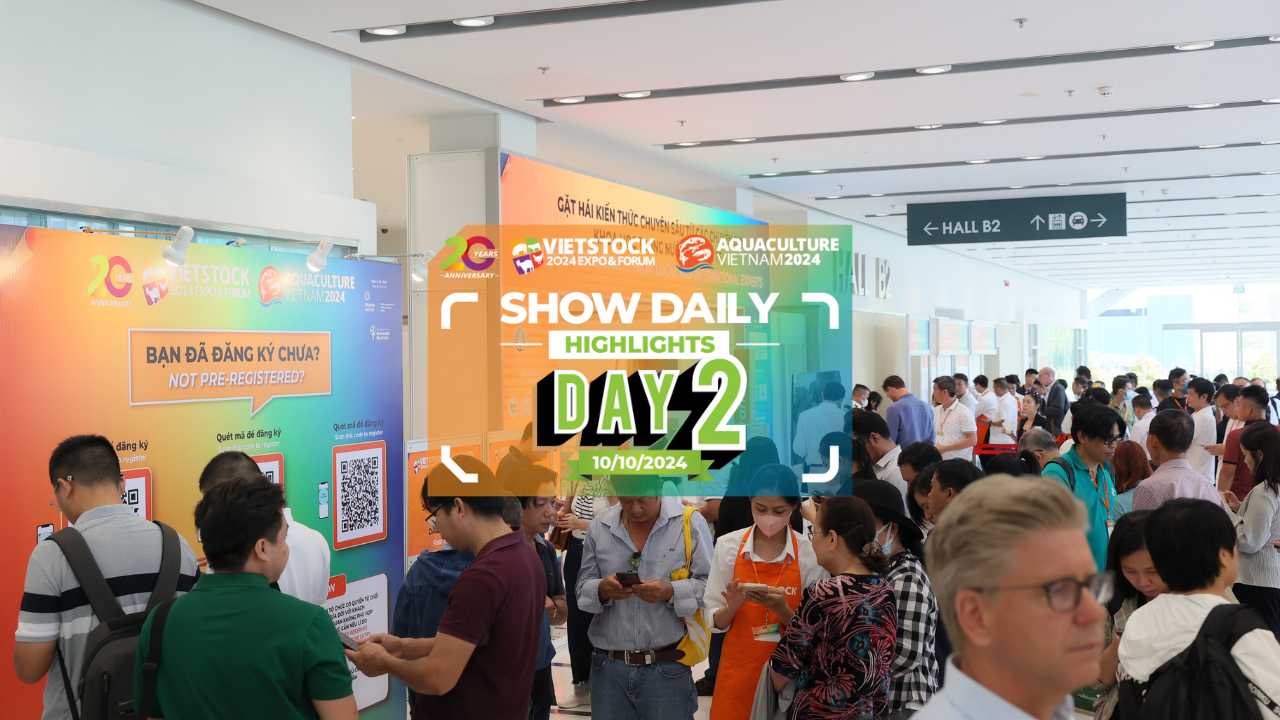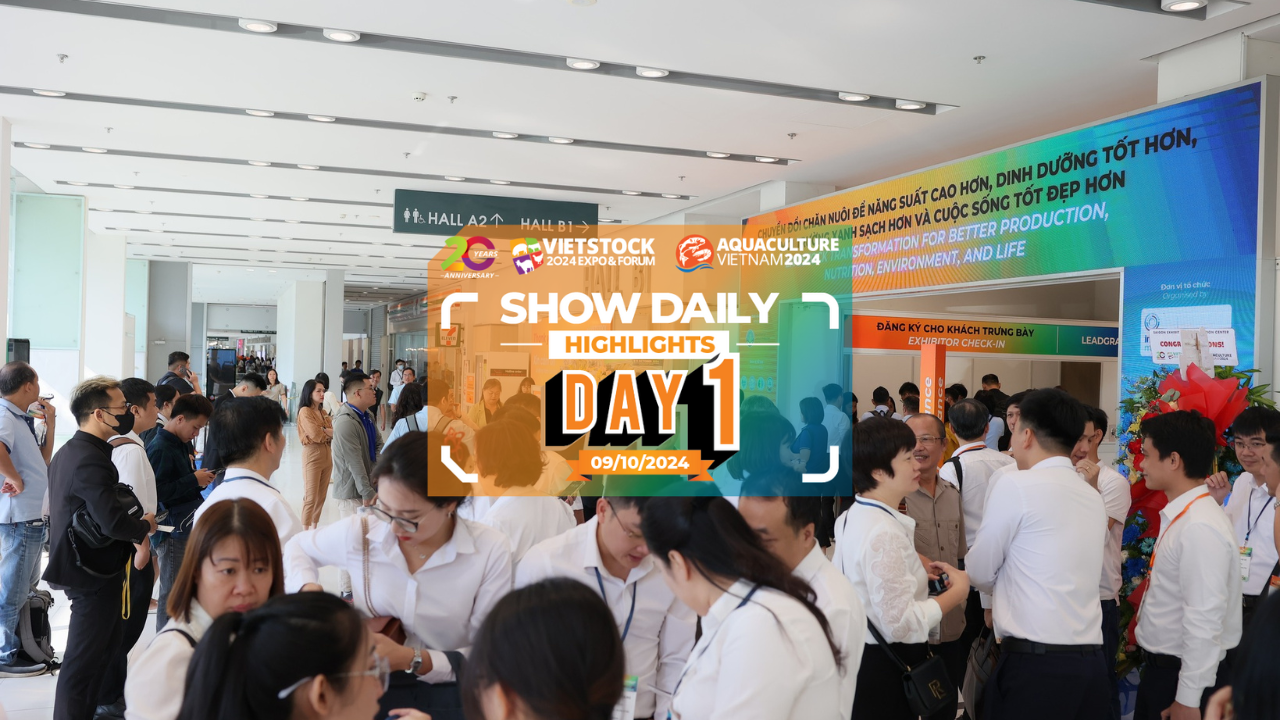NAVIGATING VIETNAM’S BEEF AND BUFFALO MEAT MARKET LANDSCAPE IN 2024
Vietnam’s beef and buffalo meat market is expected to continue its growth in 2024, marked by emerging trends that present immense potential for the livestock industry. However, alongside these opportunities, the market also faces several challenges that need to be addressed for sustainable development.
This article will analyze the beef and buffalo meat market in Vietnam in 2024, including consumption trends, production, exports, pricing, and the challenges confronting the industry. Let’s delve into this topic with Vietstock.
Trends and outlook of Vietnam’s beef and buffalo meat market in 2024
Industry trends
The domestic demand for beef and buffalo meat is expected to continue growing in 2024 due to rising disposable incomes, diverse culinary cultures, and the demand for protein-rich foods.
Fresh buffalo meat and beef are in high demand in households, while high-quality beef and buffalo meat and processed products are preferred in restaurants. Bovine meat are also widely used as ingredients in processed foods like sausages, hotdogs, and jerky.
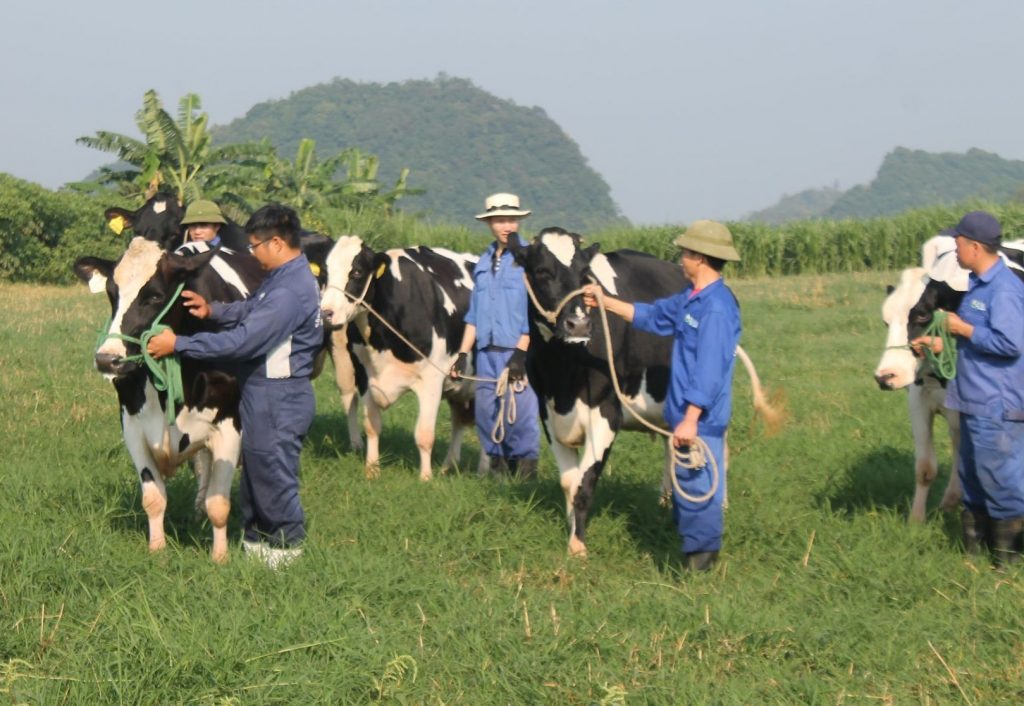
Regarding the domestic meat supply capacity, it is estimated to reach 350,000 tons, showing a slight increase compared to 2023. The main sources of meat supply come from about 1 million domestic livestock farming households, concentrated mainly in the North and Central Highlands regions. The North holds a high proportion of the total domestic meat supply. The South is also developing its livestock industry strongly in some provinces.
Bovine meat have significant export potential, particularly in the Chinese market, where demand for Bovine meat is steadily increasing.
Retail prices of beef range from 350,000 to 500,000 VND/kg, depending on the region and quality. Prices may increase slightly due to rising market demand and fluctuations in feed prices.
Influences of the U.S. beef market
U.S. beef production is forecast to decline in 2024 due to the impact of drought and disease. The price of U.S. beef is expected to rise as the supply decreases.
U.S. beef may compete with Vietnam’s Bovine meat in some market segments, especially in the high-end beef segment. However, Vietnam’s buffalo meat and beef still have their advantages, such as competitive pricing, distinctive flavor, and better suitability for the Vietnamese consumer palate.
The growth of the U.S. beef market can also present opportunities for Vietnam’s buffalo meat and beef market. Specifically, the rising global demand for beef could drive exports of Vietnam’s buffalo meat and beef.
Development trends of the buffalo and cow farming industry in 2024
In 2023, Vietnam’s buffalo and cow farming industry made significant strides, contributing to national food security. However, this industry still faces several challenges that need to be addressed to ensure sustainable growth in the future. So, what are the development trends for the buffalo and cow farming market in 2024?
Market demand:
- The demand for buffalo meat and beef is increasing due to a growing population, rising per capita income, and a growing trend towards safe and high-quality food consumption.
- The export market for buffalo meat and beef to countries like China, South Korea, and Japan also holds significant potential.
Development trends:
Trend 1: Embracing science and technology in livestock production
The trend of applying scientific and technological advancements to animal husbandry is being actively adopted by livestock households and businesses, bringing practical benefits, enhancing productivity and product quality, and meeting increasingly high market demands.
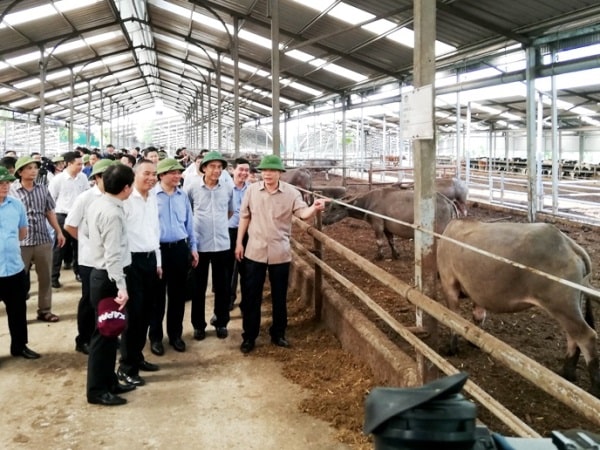
Hybrid cow and buffalo breeds
- Top choice: Crossbred cow breeds like Brahman, Angus, Wagyu, F1, F2…; buffalo crossbred with Mia cow, Sindhi crossbreeds,… are top choices that deliver superior livestock farming efficiency.
- Prominent advantages: High milk productivity, flavorful meat, low-fat content, strong disease resistance, and excellent adaptation to Vietnam’s climate conditions.
Advanced livestock farming techniques
- Focused farming methods: Reducing labor costs, facilitating management, enhancing disease control, and optimizing production processes.
- TMR (Total Mixed Ration): Providing balanced nutrition for livestock, enhancing feed conversion rates, and promoting livestock’s growth.
- Silage: Preserving feed for long-term use, minimizing waste, cost-saving, and ensuring a stable feed supply year-round.
- Using probiotics: Supporting digestion, enhancing the immune system, and reducing livestock diseases.
Management system
- Livestock management: Recording detailed records on breed, age, health status, vaccination history, etc., to monitor health conditions and enable early disease detection.
- Feed management: Recording feed types, quantities, production dates, expiration dates, etc., to optimize feed costs and ensure food safety.
- Cost management: Recording expenses for feed, veterinary care, labor, etc., to monitor production efficiency and make informed investment decisions.
- Product traceability: Tracking the origin of livestock, breeding history, slaughter, processing procedures, etc., to enhance brand credibility and meet market demands.
Trend 2: Promoting organic livestock farming
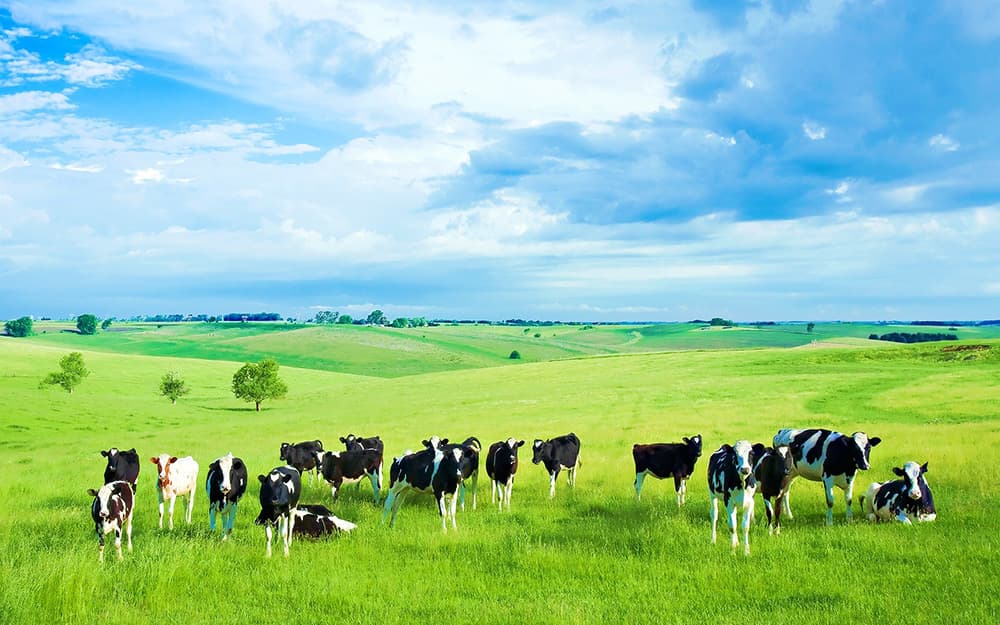
The growing demand for safe, traceable, and clean food, particularly organic beef and buffalo meat products is driving the adoption of organic livestock farming practices among farmers and businesses. This trend offers significant benefits for human health, environmental protection, and product quality enhancement.
The demand for organic beef and buffalo meat is steadily rising, especially in large cities and high-income areas. Consumers are becoming more aware of health and environmental issues. Thus, it drives the demand for clean, safe, chemical-free, and stimulant-free food.
Furthermore, the export market for organic beef and buffalo meat holds immense potential, particularly for exports to developed countries such as the U.S., the EU, and Japan.
Trend 3: Linking production and consumption chains
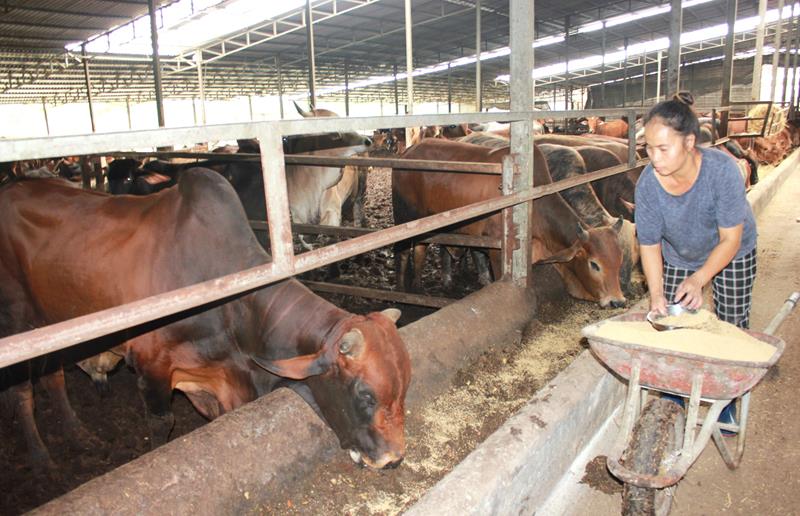
Enhance the production efficiency and product value by establishing strong linkages between the production, processing, and consumption stages. The trend of linking production and consumption is being strongly promoted, offering a practical solution for the sustainable development of the livestock industry.
A comprehensive ecosystem: Bridging consumption to production
- Establishing linked chains: Building strong linkages from production to processing and consumption. Thus ensuring stable product output and minimizing the “bumper harvest, low price” phenomenon.
- The key role of businesses and cooperatives: Businesses and cooperatives play a pivotal role in connecting livestock households, providing inputs, offering technical support, procuring products, and distributing them to the market.
- Practical benefits: Enhancing production efficiency, minimizing risks for livestock farmers, ensuring product quality, and increasing market competitiveness.
Developing collective and cooperative economy: The power of community
- Leveraging advantages: Implementing collective and cooperative economic models in livestock farming, helping mobilize resources, sharing benefits, reducing production costs, and enhancing economic efficiency.
- Enhancing collaboration: Fostering cooperation among livestock households, businesses, research institutions, and other stakeholders to share experiences, apply scientific and technical advancements, and elevate product quality and brand reputation.
- Policy support: The government issues various policies to support the development of collective and cooperative economic models in livestock farming, creating favorable conditions for livestock households to participate.
Linking production and consumption, and developing collective and cooperative economic models is an inevitable trend, bringing many benefits to Vietnam’s livestock industry.
Conclusion
Vietnam’s buffalo and cow farming industry is poised for a remarkable leap forward. This article has analyzed the development trends of the buffalo and cow farming industry in 2024.
Developing the buffalo and cow farming industry is a strategic direction, ensuring national food security, improving people’s living standards, and driving socio-economic development.
Therefore, the application of science and innovative technology, and the development of modern and efficient farming models are the keys to elevating Vietnam’s buffalo and cow farming industry to new heights.
Vietstock 2024 – Vietnam’s Premier International Feed, Livestock, Aquaculture & Meat Industry Show – promises to deliver the most advanced livestock farming solutions for Vietnam’s livestock industry.
With the participation of over 400 exhibitors from more than 50 countries and regions, Vietstock 2024 is expected to attract over 13,000 visitors. This is a great opportunity for businesses in the livestock industry to showcase their products, services, and connect with thousands of potential customers by:
- Visit the official website of Vietstock 2024 at:https://www.vietstock.org/en/
- Click on the “Online_Registration” button on the menu bar.
- Fill in all the required information on the online registration form.
- Confirm your registration and wait for the email notification from the organizers.
If you need further information about the Vietstock 2024 exhibition, please
CONTACT US:
- Exhibiting: Ms. Sophie Nguyen – [email protected]
- Group Delegation Support: Ms. Phuong – [email protected]
- Marcom Support: Ms. Anita Pham – [email protected]



